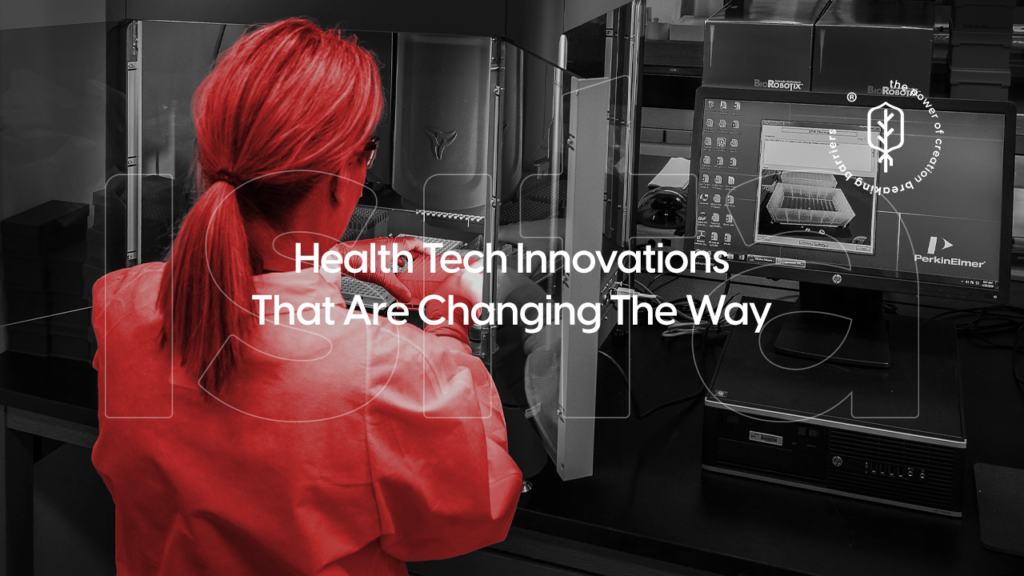In the era of digital transformation, observability has become an essential component to ensure the performance, security and availability of IT systems. With the increasing adoption of microservices architectures, cloud environments and DevOps, enterprises need advanced observability tools powered by artificial intelligence (AI) to identify anomalies, predict failures and optimize the operability of their technology platforms.
Throughout 2025, the ecosystem of AI observability tools has evolved significantly, offering more intelligent and adaptive solutions. In this article, we will explore the best AI observability tools for this year, highlighting their capabilities, use cases and benefits for enterprises.
1. What is AI Observability?
AI observability is the ability of a system to analyze large volumes of data in real time, identify patterns and provide automatic insights into the health and performance of a technology infrastructure. Unlike traditional monitoring, which only offers predefined metrics, AI observability uses machine learning and predictive models to detect problems before they occur.
1.1. Difference between Monitoring and AI Observability
- Monitoring: Relies on the collection of metrics and event logs, but requires manual intervention to analyze data and make decisions.
- AI Observability: Integrates advanced algorithms that not only collect information, but also interpret it and generate automatic responses in real time.
2. Main Benefits of AI Observability
2.1. Proactive Anomaly Detection
AI observability tools use machine learning models to identify unusual patterns in data, allowing companies to detect problems before they affect users.
2.2 Reducing Diagnostic Time
Automation in event and log analysis enables IT teams to identify and resolve problems in minutes, rather than hours or days.
2.3. Application Performance Optimization
Predictive analytics allows technology resources to be dynamically adjusted to optimize performance and reduce operating costs in cloud environments.
2.4. Increased Security and Resiliency
AI observability solutions can also detect patterns of cyber-attacks and anomalous behavior that could indicate security threats.
3. Best AI Observability Tools in 2025
The following are the most advanced and widely used AI observability tools in 2025:
3.1 Datadog AI Ops 3.1.
Key Features:
- Machine learning-based anomaly detection engine.
- Real-time log analysis with intelligent alerts.
- Integration with cloud and container environments.
Use cases:
- Optimization of cloud applications.
- Early detection of infrastructure problems.
3.2. New Relic AI Observability
Key Features:
- Incident response automation.
- Event correlation between different services.
- Advanced visualization with customized dashboards.
Use cases:
- Microservices application monitoring.
- Predictive analysis of server performance.
3.3 Dynatrace AI Engine
Key Features:
- Use of AI algorithms to correlate metrics and events.
- Automatic monitoring of applications without the need for manual configuration.
- Real-time code analysis for fault detection.
Use Cases:
- Enterprises looking to minimize downtime.
- Automation of responses to software failures.
3.4 Splunk Observability Cloud
Key Features:
- Collection and analysis of data from multiple sources.
- Identification of security threats through AI.
- Integration with SIEM systems and DevSecOps solutions.
Use Cases:
- Security and monitoring of large volumes of data.
- Companies with hybrid and multi-cloud environments.
3.5 Google Cloud Operations Suite (Stackdriver AI)
Key Features:
- Prediction of failures in cloud services.
- Log analysis with AI to detect vulnerabilities.
- Native integration with Kubernetes and Google Cloud.
Use cases:
- Cloud infrastructure optimization.
- Automatic identification of failures in Kubernetes.
3.6. AWS Observability AI (Amazon DevOps Guru)
Key Features:
- AI models trained to detect problems in AWS environments.
- Automated recommendations for resource optimization.
- Real-time analytics with continuous learning.
Use Cases:
- Enterprises operating on AWS with advanced monitoring needs.
- Operational cost reduction through infrastructure optimization.
4. Implementing AI Observability in Enterprises
To adopt an effective AI observability strategy, enterprises should:
- Define clear objectives and key metrics for automated monitoring.
- Integrate AI tools with existing DevOps and cybersecurity solutions.
- Train IT teams in the use of advanced observability platforms.
- Implement continuous testing to evaluate the effectiveness of AI models in predicting failures.
5. Future of AI Observability
As artificial intelligence continues to evolve, AI observability tools are expected to incorporate:
- Full automation of fault detection and resolution.
- Use of generative AI to generate instant reports and recommendations.
- Integration with blockchain to ensure the integrity of monitoring data.
- Expansion of observability into IoT and edge computing environments.
6. Conclusion
AI observability is a necessity for modern enterprises looking to optimize their operations and ensure the resilience of their systems. With advanced tools such as Datadog AI Ops, Dynatrace AI Engine and AWS Observability AI, organizations can improve the security, efficiency and scalability of their technology infrastructures.
If you want to implement an AI observability strategy in your company and take full advantage of the latest innovations, visit IsitaTech for specialized solutions.



